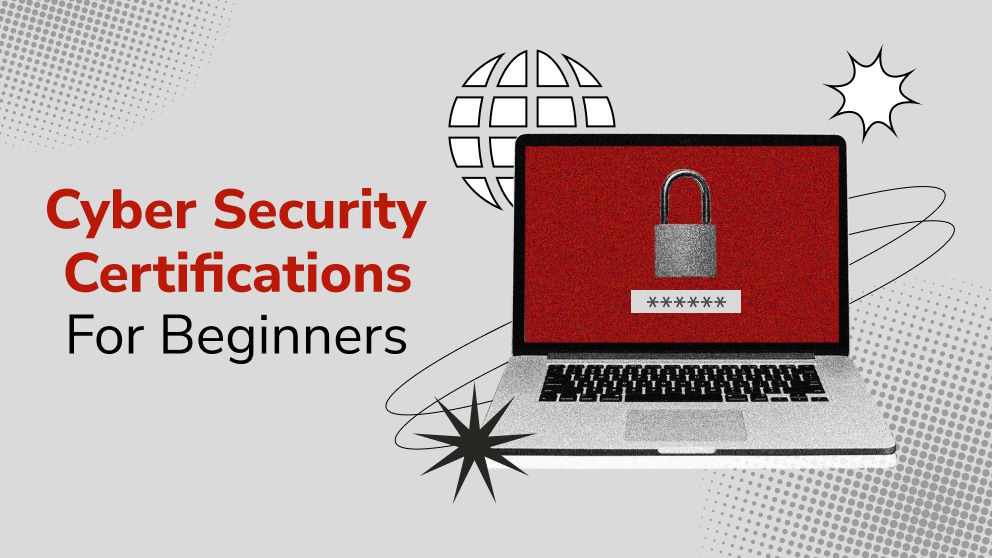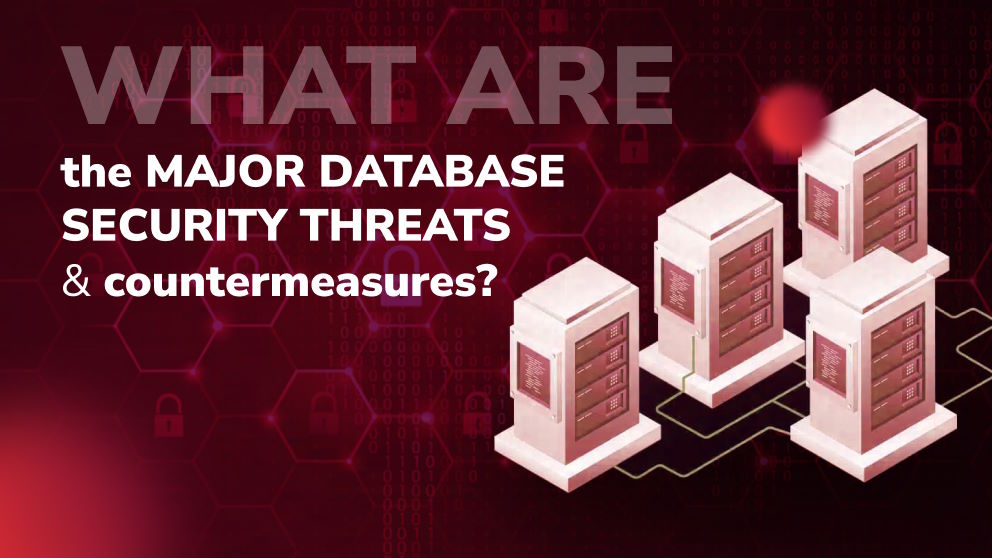
The Best API Security Practices for Your Business

Content Map
More chaptersAPIs (Application Programming Interfaces) are a great way for two applications to talk to each other. They let two unrelated applications share data with one another, privately, based on a set of rules that ensure the transaction is secure. Moreover, APIs help expand the functionality of existing applications, as they can collect data (and resources) from third parties, and then use that data to enhance the user experience.
Of course, since APIs regularly deal with sensitive customer and business data, API-related cyber attacks can and do occur. That’s why, any business that uses APIs – or interacts with other APIs – does so in a safe and secure manner. Adopting the best API security practices is the key to achieving this outcome.
What Is An API?
An API is a software intermediary that allows two applications to talk to each other. Each API has their own rules and guidelines that determine how two, typically unrelated, applications communicate and share data. Whenever you use an application on your phone or computer, or log into a social media platform like Facebook or Twitter, you are interacting with several APIs behind the scenes.
How Does An API Work?
APIs communicate through a set of rules that define how computers, applications, and machines communicate with each other. Put simply, the APIs act as a middleman, making sure that the flow of data is safe, secure, and consistent between all relevant parties. Think of them as messengers that pass on your request to the provider you want to gain access to.
What Is API Security?
API security protects the integrity of APIs – both the ones you own and the one you interact with – by implementing various security measures. The purpose of API security is to ensure that the transaction of data between APIs is both safe and secure. Failing to implement API security can lead to vulnerabilities in your system, thereby increasing the risk of cyber attacks and security breaches.
Successfully API cyber attacks affect high-profile businesses across a range of industries. In 2021, a researcher discovered a security vulnerability in the API of John Deere’s tractors. The vulnerability revealed the personal details of farmers and owners, such as their full names, company names, addresses, subscription start times, and Vehicle Identification Number (VIN).
A similar vulnerability was found in Peleton’s exercise equipment. A security researcher found that he could make unauthenticated requests to Peleton’s API for user account data, without the system checking to make sure the person was allowed to request it.
Breaches like this have exposed millions of customers’ sensitive personal information, while severely damaging the reputation of the companies involved.
Types of API Security Measures
There are many ways to secure the integrity of an API. Below is a quick rundown of the best API security practices in use today.
Open Authorization (OAuth)
OAuth is an open-standard authorization protocol that allows organizations to share information with third-party services without exposing user login credentials. The OAuth provides third-party services with a token that allows only specific account information to be shared.
This means that users can allow websites and applications to access information on other websites without providing their login credentials. One example of this is using your Facebook credentials to log into another website or application.
REST API Security
REST stands for Representational State Transfer. It uses HTTP and TLS encryption to keep an internet connection private and check that the data sent between two systems is encrypted and unmodified. This prevents hackers attempting to steal a customer’s information (i.e. credit card information) from reading or modifying your data.
REST APIs also use JSON, a file format that makes it easier and more secure to transmit data over web browsers.
SOAP API Security
SOAP stands for Simple Object Access Protocol. It uses built-in protocols, known as Web Services Security (WS Security), to safely exchange information among computers. These communication protocol systems are set by two major international bodies, the Organization for the Advancement of Structured Information Standard (OASIS) and the World Wide Web Consortium (W3C).
These protocols include a mix of XML signatures, XML encryption, and SAML (Security Assertions Markup Language) to verify authentication and authorization. While SOAP APIs are more secure than REST APIs, they require more resources to manage, which makes it the less popular option.
API Security Best Practices
Whether you own or interact with APIs on a regular basis, it’s important that the ones you do use have the latest security. Follow the guidelines below to reduce the risk of a cyber attack.
- Use Encryption and Signatures
Use a method like TLS to encrypt your data. Make signatures mandatory on your system, so that only authorized users can decrypt and modify your data. - Use Physical Tokens
A security token is a physical portable device that electronically authenticates a person’s identity. The owner plugs the token into a system to gain access to a network device. This makes it much easier for your business to control who can access specific resources and services. - Use An API Gateway
Most APIs use an API gateway to control the type and amount of traffic that interacts with an API. It allows you to authenticate traffic as well as analyze and control how your API is used. Using an API gateway helps enforce security, prevent traffic bottlenecks, and ensure high availability. - Set Up Quotas and Throttling
This enables you to control how many times an API can be called. It also makes it easy for you to track its history and alert potential abuse. For example, a sudden spike in traffic could be a hacker’s attempt to overload the system and cause it to fail. - Conduct Security Tests
Don’t wait for a real cyber attack to test your API security. Use an API Security Testing tool like APIsec or AppKnox to test various aspects of your API security, like SQL injection vulnerabilities and cross-site tracing. These tools can reveal vulnerabilities in your API security before a real hacker does, thus giving you time to bolster your defenses.
As API Security Gets More Intelligent, So Do Hackers

It’s no secret: Hackers don’t give up once technology gets smart enough to catch up with them. They simply find another way to obtain the information they want. For this reason, it’s important that you stay up to date with the latest API security best practices – or else you risk a major breach.
How does one go about improving their API security? Consider enlisting the help of an API security specialist to review your existing systems. They can advise you on what security measures are working, what needs changing and why, and whether your business could benefit from ongoing maintenance and monitoring.
If outsourcing is out of the question, there are plenty of API security management tools that have tons of features, which let you maintain a birds’ eye perspective of your applications and devices and how they communicate.






